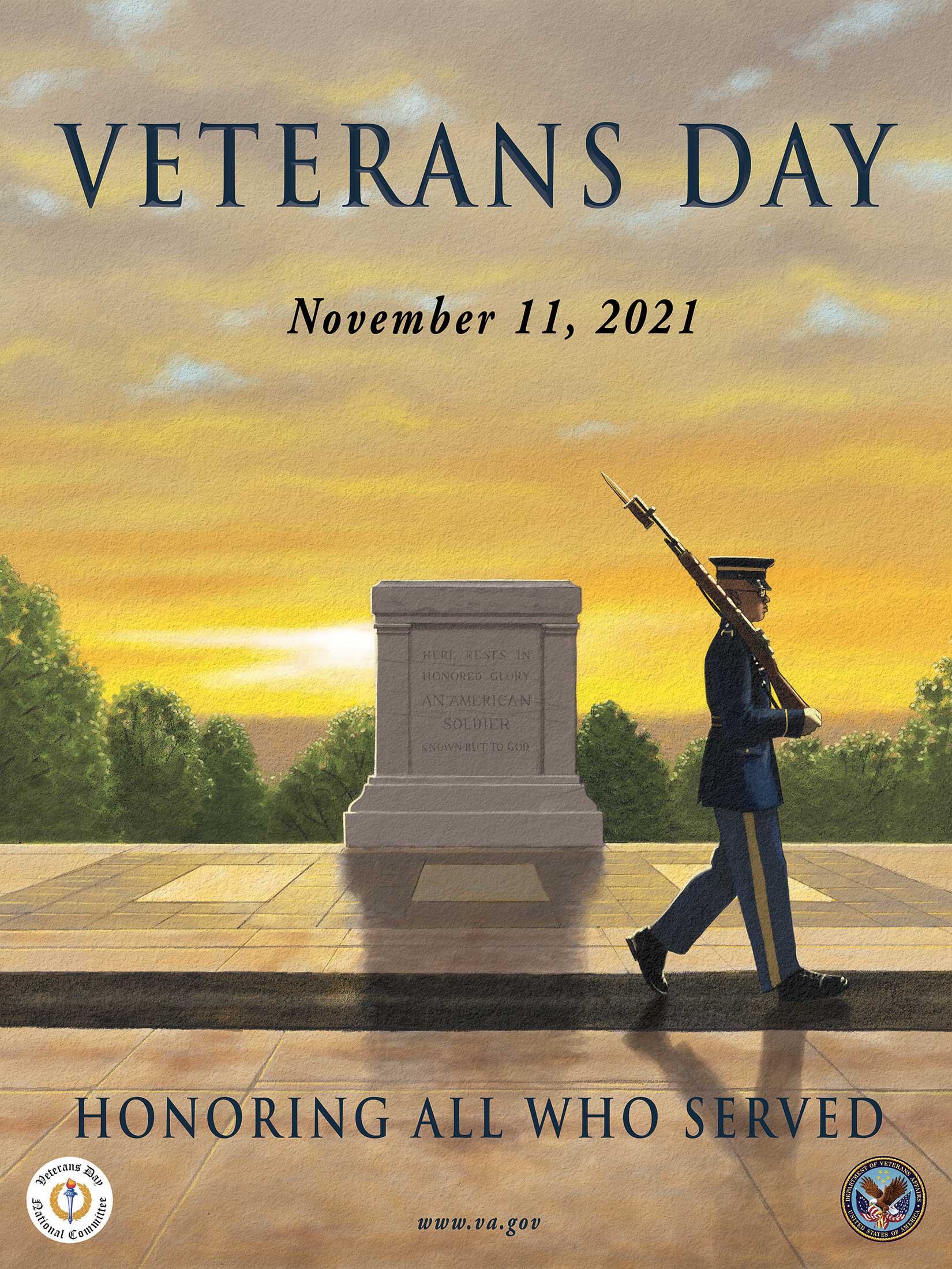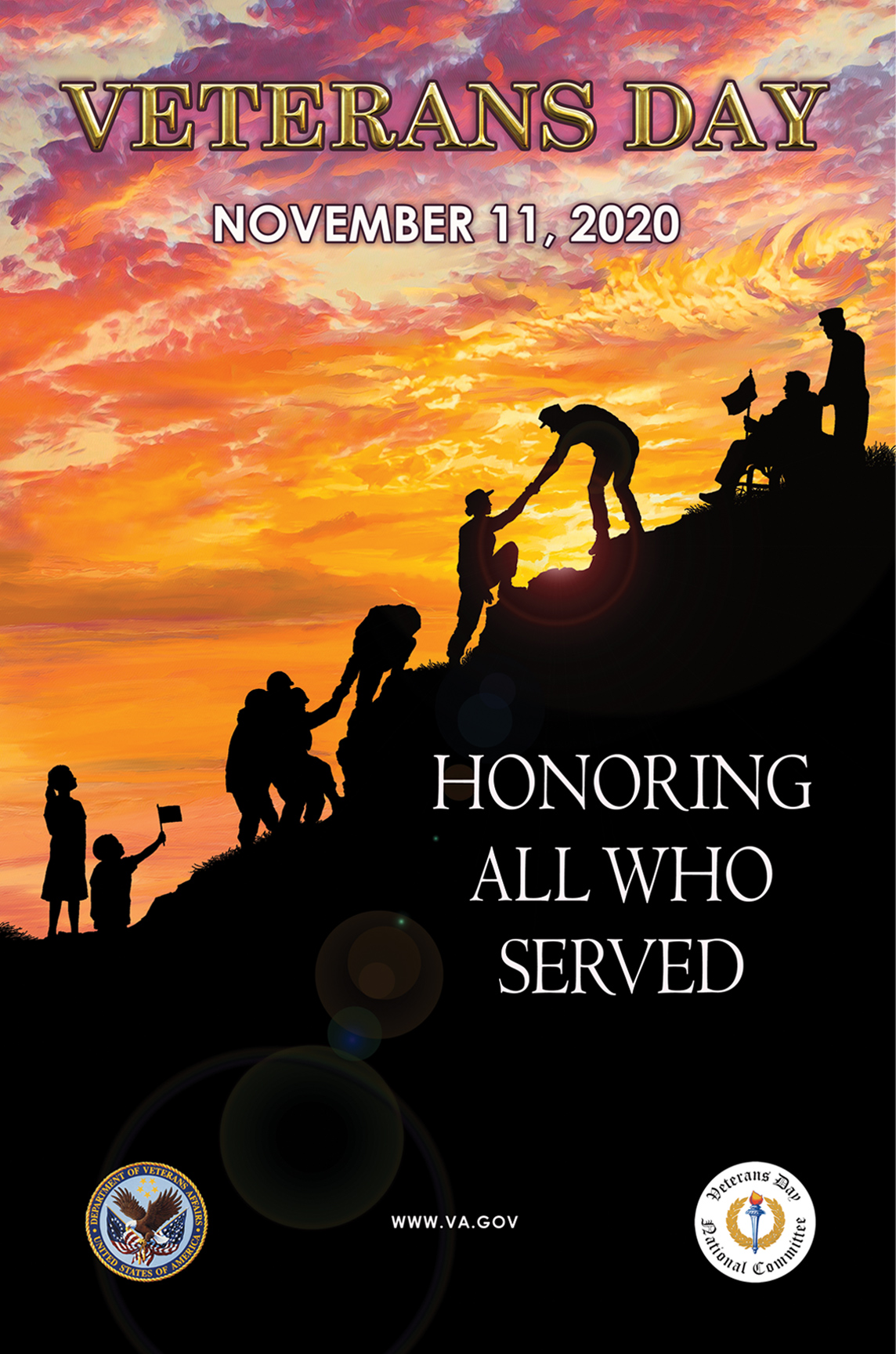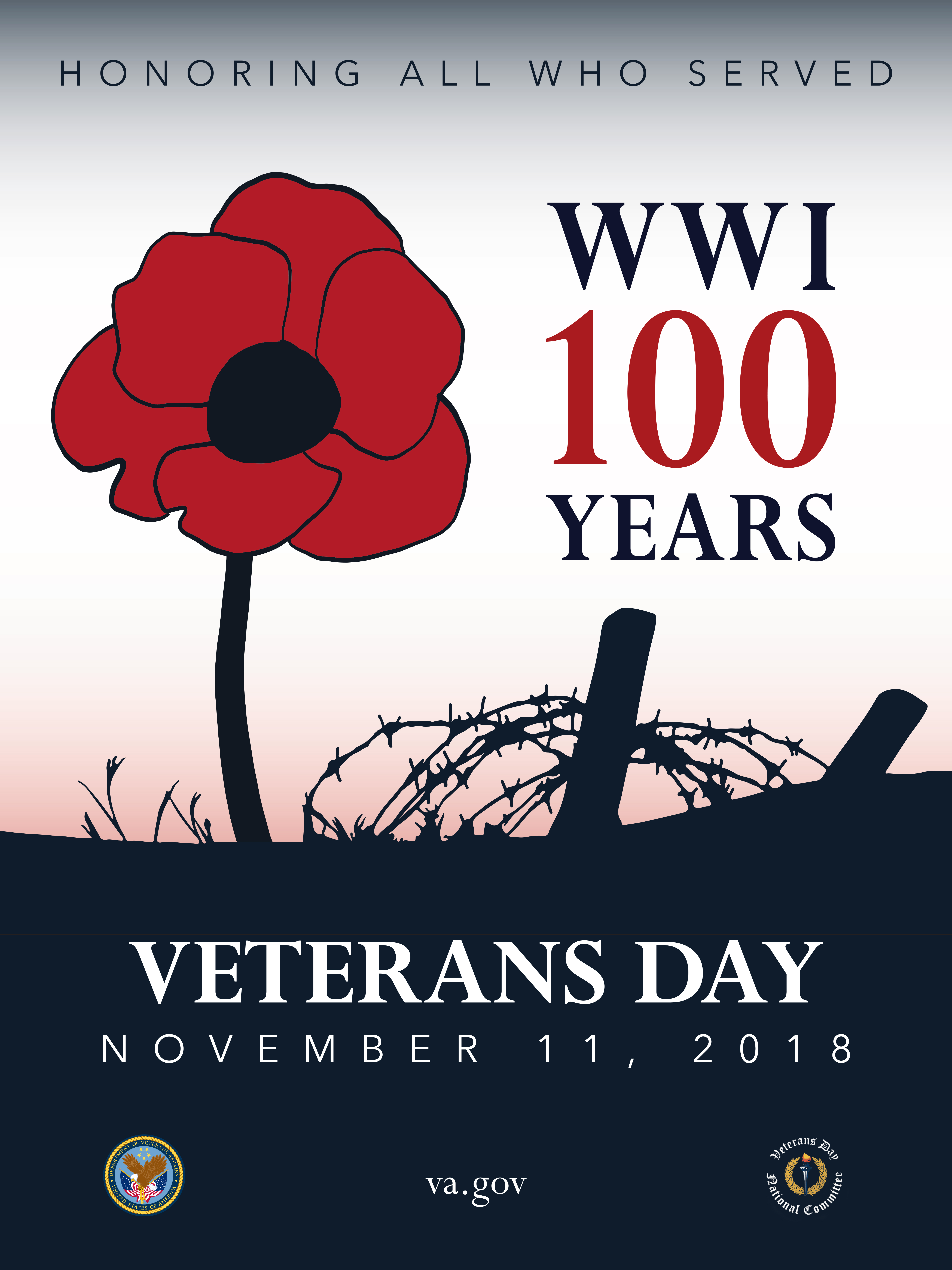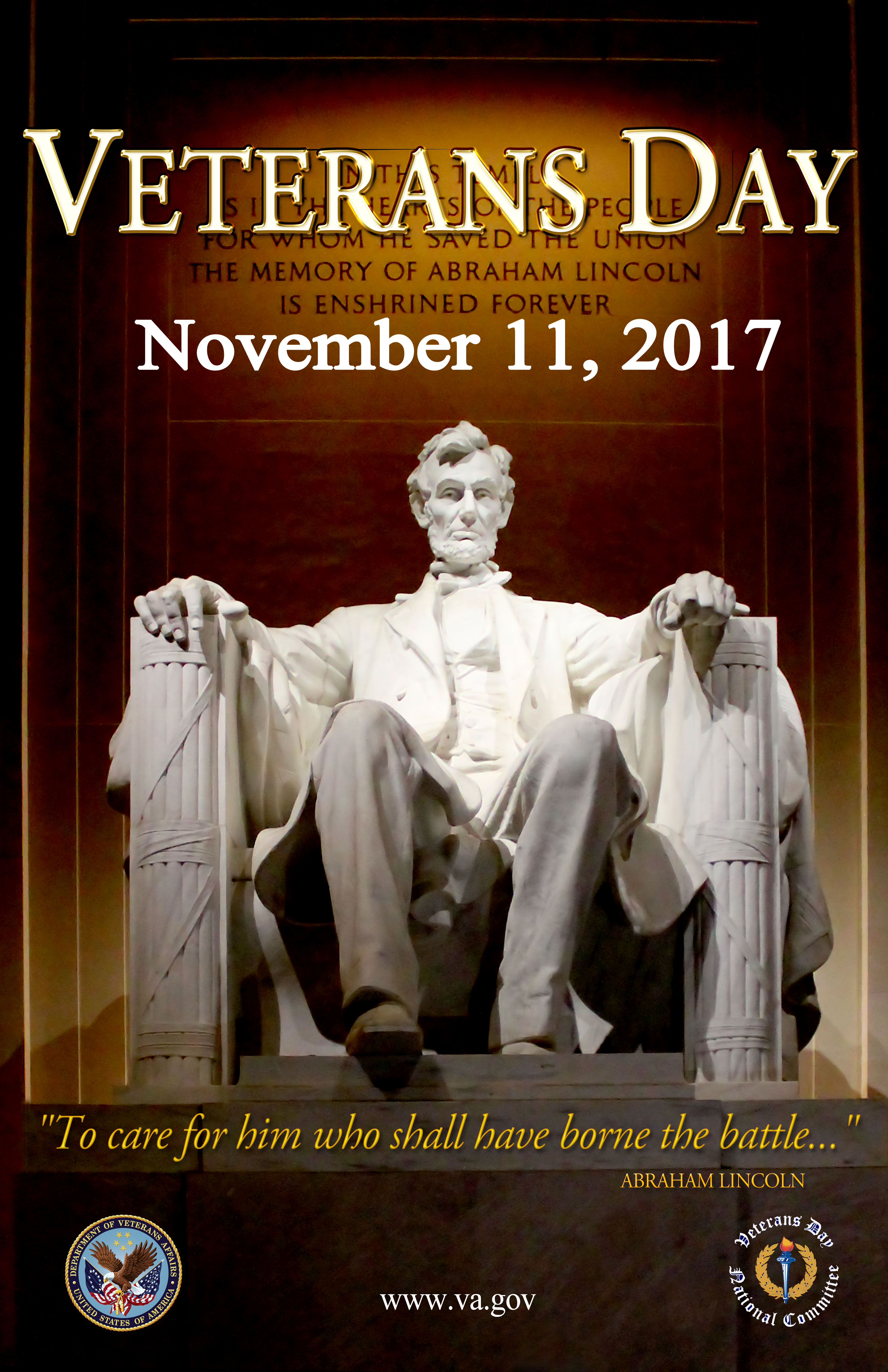I wish it were not so. These words of Dickens’s through Scrooge, remain salient, damning and depressing, since well before election day 2016. Now Trump’s was impeached, but left in place. Trump was defeated by American voters, but he still sits on his throne, messing up America in every way he can think to do it. Trump’s been sued and found liable, indicted on 91 criminal counts, but people still threaten to let him wreak vengeance on Americans.
And so our annual post on the lessons we take from “A Christmas Carol.”

Ebenezer Scrooge, up a dark staircase; “Darkness was cheap, and Scrooge liked it.” Illustration by Roberto Innocenti, via Pinterest.
It’s a Quote of the Moment (an encore post for the season, with a bit of context thrown in later), a bitter but too-popular political platform, and life, edited down to just three words, in green:
Darkness is cheap,
and Scrooge liked it.– Charles Dickens, A Christmas Carol, Stave 1
Isn’t that the entire GOP platform in three words? “Darkness is cheap.” Substitute “Trump” for “Scrooge,” you’ve got the picture. Three more words than the actual Republican National Platform of 2020, but more accurate.
I think of that line of Dickens’s often when I read of the celebrations of calumny that pass as discourse in Republican politics these days. Although, with the 2008 renewing of Limbaugh’s contract, with the 2020 coming of COVID-19, it may no longer be true that his particular brand of darkness is cheap. With the advent of Donald Trump’s insult politics, offending America’s allies and all American ethnic groups possible, with un-ironic calls to drop nuclear weapons, GOP politics is even darker than ever.
Since then, we’ve discovered scheming to cheat voters in six states from their decisions, plans to create violence and perhaps assassinations to disrupt the Constitutional peaceful transfer of power from one party to another. We’ve learned the plot against Americans and America included elected Members of Congress, and perhaps Justices of the Supreme Court.
Cheap or not, darkness remains dark.

Scrooge meets Ignorance and Want, the products of his stinginess (drawing by John Leech, 1809-1870)
Here is the sentence Dickens put before the quote, to add a little context; Scrooge was climbing a very large, very dark staircase.
Half-a-dozen gas-lamps out of the street wouldn’t have lighted the entry too well, so you may suppose that it was pretty dark with Scrooge’s dip.
Up Scrooge went, not caring a button for that. Darkness is cheap, and Scrooge liked it.
Speaking of darkness, a longer excerpt from a bit later in Dickens’s story, when the Ghost of Christmas Present ushers Scrooge to glimpse what is in the present, but what will be the future if Scrooge does not repent:
‘Forgive me if I am not justified in what I ask,’ said Scrooge, looking intently at the Spirit’s robe, ‘but I see something strange, and not belonging to yourself, protruding from your skirts. Is it a foot or a claw?’
‘It might be a claw, for the flesh there is upon it,’ was the Spirit’s sorrowful reply. ‘Look here.’
From the foldings of its robe, it brought two children; wretched, abject, frightful, hideous, miserable. They knelt down at its feet, and clung upon the outside of its garment.
‘Oh, Man! look here. Look, look, down here!’ exclaimed the Ghost.
They were a boy and girl. Yellow, meagre, ragged, scowling, wolfish; but prostrate, too, in their humility. Where graceful youth should have filled their features out, and touched them with its freshest tints, a stale and shrivelled hand, like that of age, had pinched, and twisted them, and pulled them into shreds. Where angels might have sat enthroned, devils lurked, and glared out menacing. No change, no degradation, no perversion of humanity, in any grade, through all the mysteries of wonderful creation, has monsters half so horrible and dread.
Scrooge started back, appalled. Having them shown to him in this way, he tried to say they were fine children, but the words choked themselves, rather than be parties to a lie of such enormous magnitude.
‘Spirit! are they yours?’ Scrooge could say no more.
‘They are Man’s,’ said the Spirit, looking down upon them. ‘And they cling to me, appealing from their fathers. This boy is Ignorance. This girl is Want. Beware them both, and all of their degree, but most of all beware this boy, for on his brow I see that written which is Doom, unless the writing be erased. Deny it!’ cried the Spirit, stretching out its hand towards the city. ‘Slander those who tell it ye! Admit it for your factious purposes, and make it worse. And bide the end!’
‘Have they no refuge or resource?’ cried Scrooge.
‘Are there no prisons?’ said the Spirit, turning on him for the last time with his own words. ‘Are there no workhouses?’ The bell struck twelve.
Scrooge looked about him for the Ghost, and saw it not. As the last stroke ceased to vibrate, he remembered the prediction of old Jacob Marley, and lifting up his eyes, beheld a solemn Phantom, draped and hooded, coming, like a mist along the ground, towards him.
Think of 2014, 2015, 2016, 2017, 2018, 2019 and 2020, and since, children abused in Central America and in the Middle East, fleeing as best they can, only to die, off the shores of Greece, on the southern deserts of the U.S., or be cast into incarceration after having achieved a nation whose very name promised them refuge, the United States. “Two children; wretched, abject, frightful, hideous, miserable,” Dickens described. Whose children? “Man’s.” Yours, and mine.
Christmas is a festival to celebrate light, what many Christians call “the light of the world?” If so, let us work to stamp out the darkness which the unrepentant Scrooge so dearly loved.
Darkness may be cheap, but it is not good. Light a candle, and run into the darkness, spreading light. We need more light.
Hope you have a merry Christmas in the making for 2023. Let us remember, as Tom and the late Ray Magliozzi always reminded us, the cheapskate pays more in the end, and usually along the way. Is Darkness cheap? Let us then eschew it as too costly for a moral nation, too costly for a moral people.
Are we as smart as Ebenezer Scrooge? Are our hearts as good as Scrooge’s heart?
When we die, who will mourn our passing? Which spirit moves us to action?
God bless us, every one. Or gods, or family and friends bless us, as the case may be.
More:
- Three Career (And Life) Lessons From Ebenezer Scrooge (forbes.com)
- 6 Great Activities To Introduce Kids to Charles Dicken’s “Christmas Carol.” (loonyliterature.com)
- Ebenezer Scrooge? Alistair Sims, Hands Down. (usedbooksinclass.com)
- Excerpts from Charles Dickens’ ‘A Christmas Carol’: ‘He knew how to keep Christmas well’ (voices.kansascity.com)
- On this Christmas Day, it’s good to hear that transformation is possible (westallen.typepad.com)
- The Malthusian Tragedy: (brothersjuddblog.com)
- “How Ebenezer Scrooge Got Recast as a Capitalist Hero,” Brad Tuttle, Money Magazine, December 9, 2016
- Nate White’s explanation of Donald Trump, in unrebutted, perhaps unrebuttable form

Yes, this is an encore post, mostly. Fighting ignorance is taking a lot longer than anyone thought.



 Posted by Ed Darrell
Posted by Ed Darrell 





























